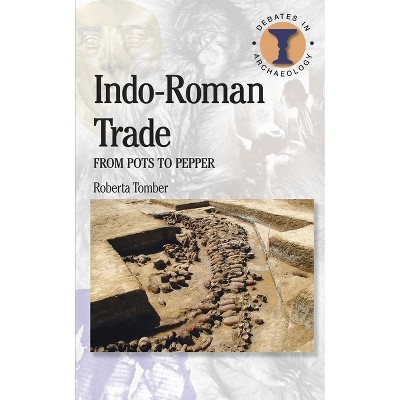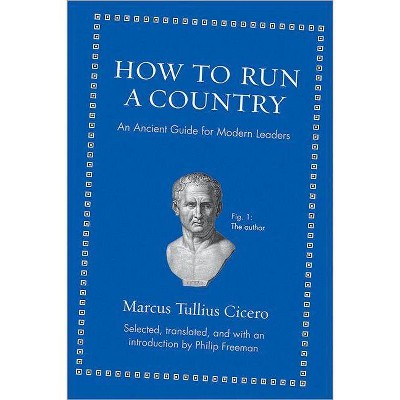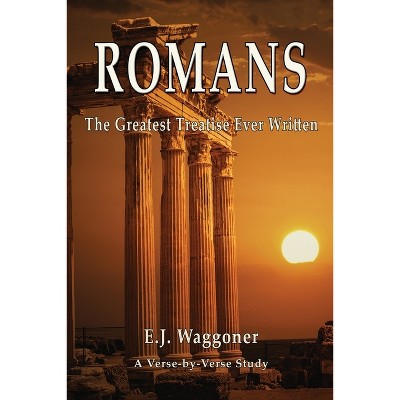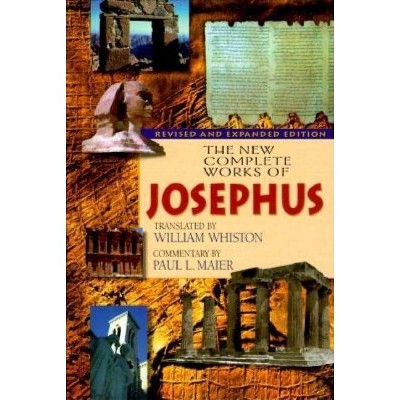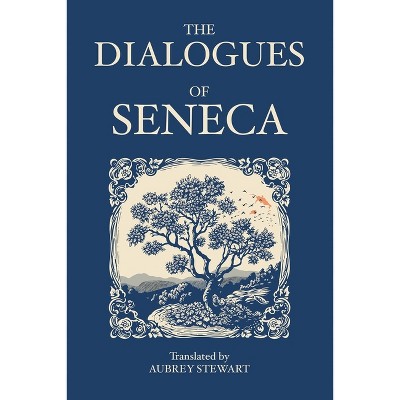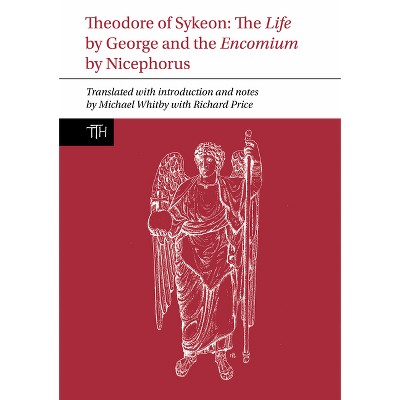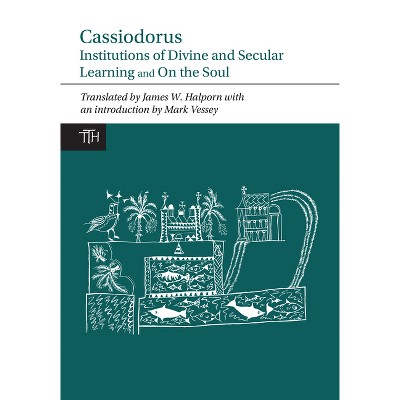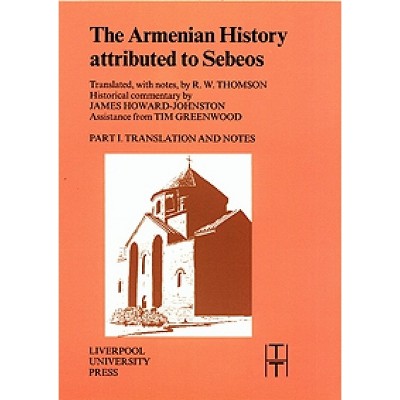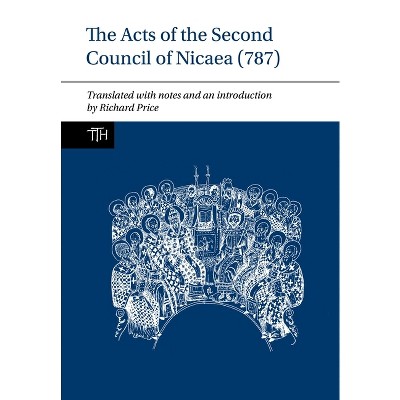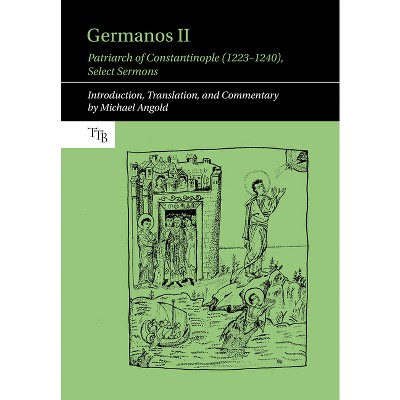Sponsored

Theodore Syncellus: The Homilies 'on the Robe' and 'on the Siege' - (Translated Texts for Historians) by Michael Whitby (Hardcover)
In Stock
Sponsored
About this item
Highlights
- Theodore Syncellus was a prominent member of the clergy in Constantinople in the 620s, being a close advisor to Patriarch Sergius.
- About the Author: Michael Whitby is Emeritus professor at the University of Birmingham.
- 176 Pages
- Literary Collections, Ancient & Classical
- Series Name: Translated Texts for Historians
Description
About the Book
Theodore Syncellus's sermons provide contemporary evidence for devotion to the Virgin Mary in Constantinople in the 620s, first the veneration of her miraculous Robe at her church in Blachernae, and second the central role she was believed to have played in saving the city in the Avar siege of 626.Book Synopsis
Theodore Syncellus was a prominent member of the clergy in Constantinople in the 620s, being a close advisor to Patriarch Sergius. As such he was chosen to participate in a delicate mission to the Avar khagan during the siege of the city in 626 and to deliver celebratory sermons. The first, 'On the Robe', commemorated the restoration of the miraculous relic of the Virgin's Robe to the shrine at Blachernae, just outside the city walls, after it had been removed to protect it from Avar looting in 623. The second, 'On the Siege', analysed and gave thanks for the city's escape from a joint attack by Avars and Persians in 626. The two speeches provide important evidence for popular devotion in the capital, especially to the Virgin Mary who now acquires the status of the city's special protector, for the role of Patriarch Sergius and others in leading the city during the long absence on campaign of the emperor Heraclius, and for how contemporary events could be fitted into Biblical contexts to elevate Constantinople and its inhabitants to the status of the new Israel. This new English translation of these two sermons (the first complete translation of 'On the Robe' and the first of 'On the Siege') sheds light on both the religious history of the eastern Roman Empire at the end of antiquity and on events in seventh-century Constantinople.
Review Quotes
'Michael Whitby has done a great service to scholars in providing these excellent translations, commentaries, and introductions to two important homilies by the early seventh-century syncellus and preacher, Theodore. The translations are fluent and accurate while the notes provide useful background for every aspect of each text [...] Scholars, students and general readers will benefit from this book, which reflects Whitby's wide-ranging historical and literary background in the field of early Byzantine history.'
Mary B. Cunningham, Plekos
About the Author
Michael Whitby is Emeritus professor at the University of Birmingham. His many publications include The Ecclesiastical History of Evagrius Scholasticus (Translated Texts for Historians 33, LUP 2000) and The Cambridge Ancient History XIV, Late Antiquity, Empire and Successors A.D. 425-600 (Cambridge University Press 2000) co-ed with Averil Cameron and Bryan Ward-Perkins.
